PPT-Fiona Bergin MD LLM MEd
Author : trish-goza | Published Date : 2017-11-07
Dalhousie University October 2013 Professional Boundaries Objectives To understand and appreciate what boundary transgressions are why they occur the concerns they
Presentation Embed Code
Download Presentation
Download Presentation The PPT/PDF document "Fiona Bergin MD LLM MEd" is the property of its rightful owner. Permission is granted to download and print the materials on this website for personal, non-commercial use only, and to display it on your personal computer provided you do not modify the materials and that you retain all copyright notices contained in the materials. By downloading content from our website, you accept the terms of this agreement.
Fiona Bergin MD LLM MEd: Transcript
Download Rules Of Document
"Fiona Bergin MD LLM MEd"The content belongs to its owner. You may download and print it for personal use, without modification, and keep all copyright notices. By downloading, you agree to these terms.
Related Documents





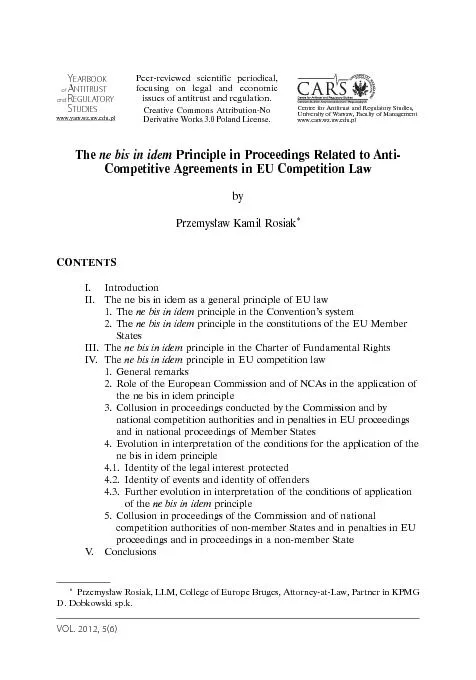
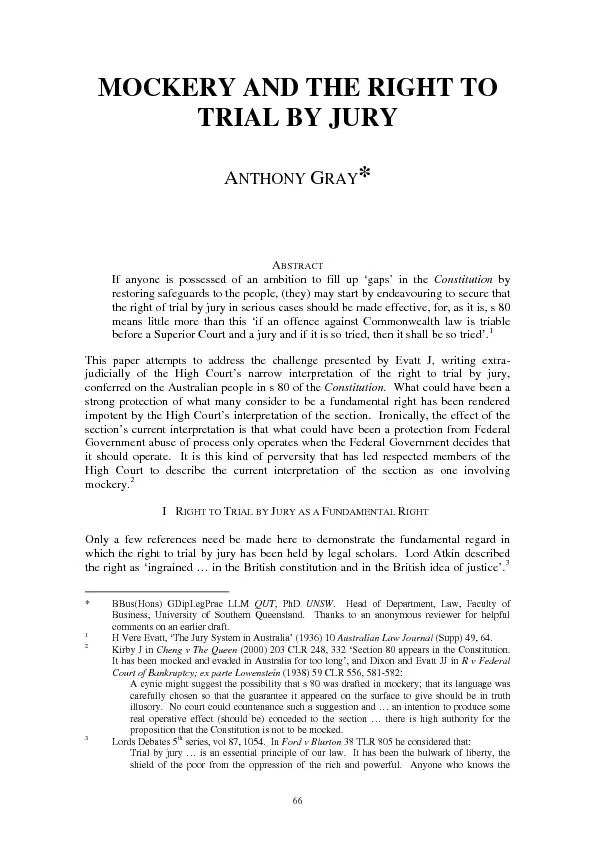



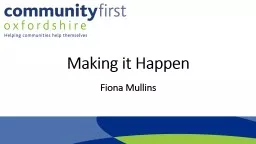
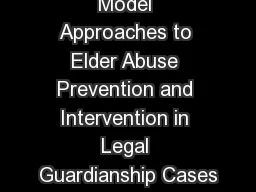
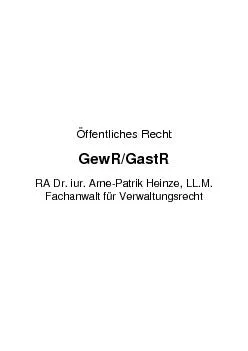
![[READ] Fiona Goes to School: Level 1 (I Can Read / A Fiona the Hippo Book)](https://thumbs.docslides.com/1008604/read-fiona-goes-to-school-level-1-i-can-read-a-fiona-the-hippo-book.jpg)
![[EBOOK] Fiona Gets the Sniffles: Level 1 (I Can Read / A Fiona the Hippo Book)](https://thumbs.docslides.com/1008937/ebook-fiona-gets-the-sniffles-level-1-i-can-read-a-fiona-the-hippo-book.jpg)